Blog
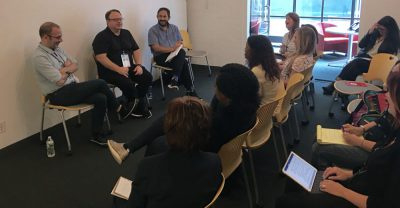
APPLYING TO FILM FESTIVALS 10 DOS AND 5 DON’TS
So it’s that intense festival time of year again. You’re considering festivals, applying to festivals and who knows perhaps already excited about the festivals you have been accepted to. Here are 10 Do’s and 5 Don’ts when applying to film festivals. These suggestions are based not only on my own work with clients, but also from some amazing advice from some really knowledgeable folks who I have had the pleasure of being on panels with over this past year: Basil Tsiokis (SundanceFF/DocNYC), Tom Hall (Montclair FF), Dan Nuxoll (Rooftop Films), Omar Gonzales (PMK-BNC), Ania Trzebiatowska (Visit Films), David Nugent (Hamptons
How to Craft a Marketing and Distribution Plan That’s Right for You
Here is a post published by FIND after the marketing presentation I made at Film Independent in August. by KIMBERLY MARCELA DURON So! You have a great idea for a film. Even better: the pieces are coming together for the film to actually be produced. While you’re thinking about things like funding, filling key positions and casting, other aspects of filmmaking—like marketing and distribution—may seem like they should take the back burner. But this is precisely where filmmaker, author and distribution expert Jon Reiss would disagree. Reiss begins his Members workshop at Film Independent by reminding the audience of the oversaturated film market, citing
Facebook Live: My work with NIN and Artistic Integrity
I often have clients come to me at various stages of their projects with concerns about how to keep their artistic integrity when certain decisions are being made about their films. I recently did a Facebook Live to talk about this issue while telling you some personal stories from my career. Check it out below and hear about my time working with Trent Reznor & Nine Inch Nails, how The Defiant Ones has recently inspired me, & ways to keep your artistic integrity.
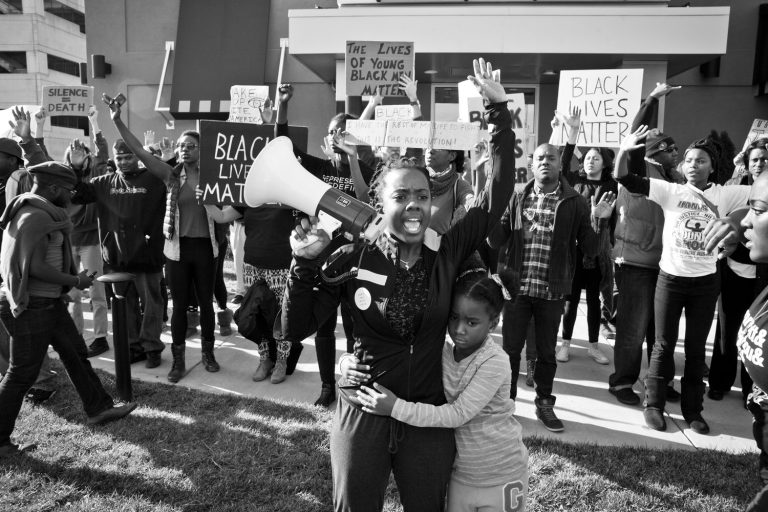
Five Reasons Why “Whose Streets” is Essential Viewing
While at the Sundance Film Festival this past week I had the fortune to to see the premiere of “Whose Streets” by Sabaah Folayan and Damon Davis – produced by Jennifer MacArthur. It was even more fortunate because I was able to view this powerful film on inauguration day and it provided wonderful counterprogramming. I was struck by a number of things in the film that still resonate with me almost a week later. 1. The film shows how far we still have to go as a nation to confront a legacy of slavery that is still with us. The
Documentary Magazine Article – Documentary Distribution in Turbulent Times
During IDA’s Getting Real 2016 conference in September, Susan Margolin and I hosted a two part panel on the state of documentary distribution. I conducted a series of case studies with Nanfu Wang, from the critically acclaimed Sundance film Hooligan Sparrow. Christo Brock and Grant Barbeito’s Touch the Wall, and finally Keith Ochwat and Christopher Rufo’s Age of Champions. Susan then dove into a panel of industry experts including Josh Braun of Submarine Entertainment; Orly Ravid, entertainment attorney and founder of The Film Collaborative; Annie Roney of ro*co films; Nolan Gallagher of Gravitas Ventures; and Felicia Pride of Tugg, the theatrical event platform. Susan
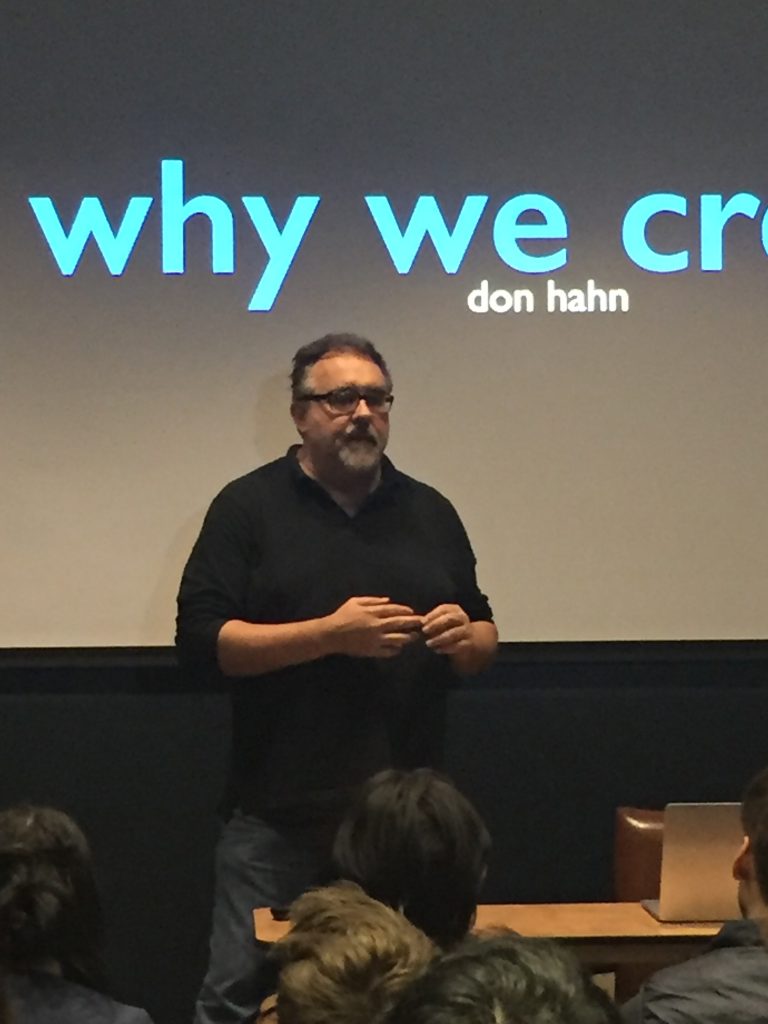
Artist, Filmmaker, & Renowned Disney Producer Don Hahn Comes to Cal Arts
Hard to believe we are already halfway through the first month of 2017! So much has already happened this year. I just got back from Winnipeg where it was below -10 degrees. TALK ABOUT FREEZING. Luckily, I didn’t have to leave my hotel too much and I had a fantastic time at All Access 2017 hosted by On Screen Manitoba. I not only got to give a keynote address and take part in a fantastic panel discussion, but I also got to meet with some wonderful filmmakers. That is truly one of my favorite things. There is a lot going
10 Key Points on How to Move Forward With Outreach and Impact for Documentary Film
A Report from the IFP Filmmaker Lab by Jon Reiss With all the trauma of this past week, I at least had the good fortune of spending it at the IFP Filmmaker Lab in NYC. We all showed up Wednesday morning stunned/tired from watching returns all night/depressed. Some stayed home but by the middle of the morning nearly all the filmmaking teams had turned up. I say that I was fortunate because one of the things that I love about the labs is that we become a community of support for each other. Even though my morning presentation was on
Heading to Sheffield International Doc Fest and Edinburgh International Film Festival
I’m excited to be heading to the UK for the Sheffield International Doc Fest and the Edinburgh International Film Festival. In Sheffield I’ll be taking meetings with a number of international documentary foreign sales representatives but I’ll also be participating in Sales Sunday which is Sunday, June 12th. Then I’ll be meeting with filmmakers as part of the distribution and marketing Switchboard Surgeries – as well as 10 Minute Meetings with impact oriented films. In Edinburgh – I’ll be there for the final sessions of Make Your Market the PMD training initiative through the Scottish Documentary Institute. I’ll also
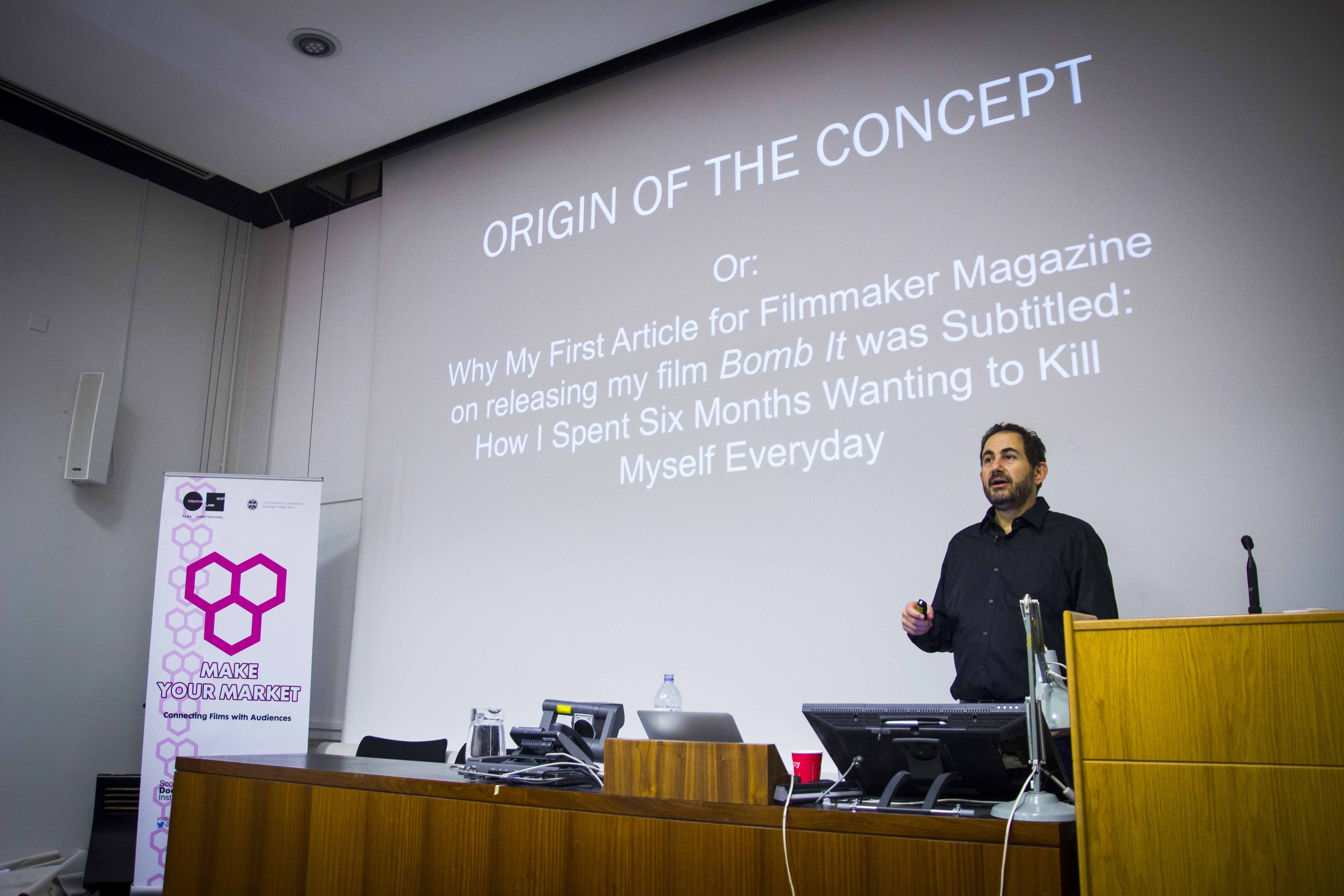
What the F is a PMD and Why Do We Need One?
Back in 2010, two weeks before I went to print on Think Outside the Box Office, I coined a new crew position: the Producer ofMarketing and Distribution. This concept/position has taken off in varying fits and starts over the last five years – with people calling themselves and being credited as PMDs in the United States, Europe and Australia. A Producer of Marketing and Distribution is the person on a filmmaking team who takes charge of and directs the distribution and marketing process for that film to achieve the filmmaking team’s goals. It is preferable for a PMD to start
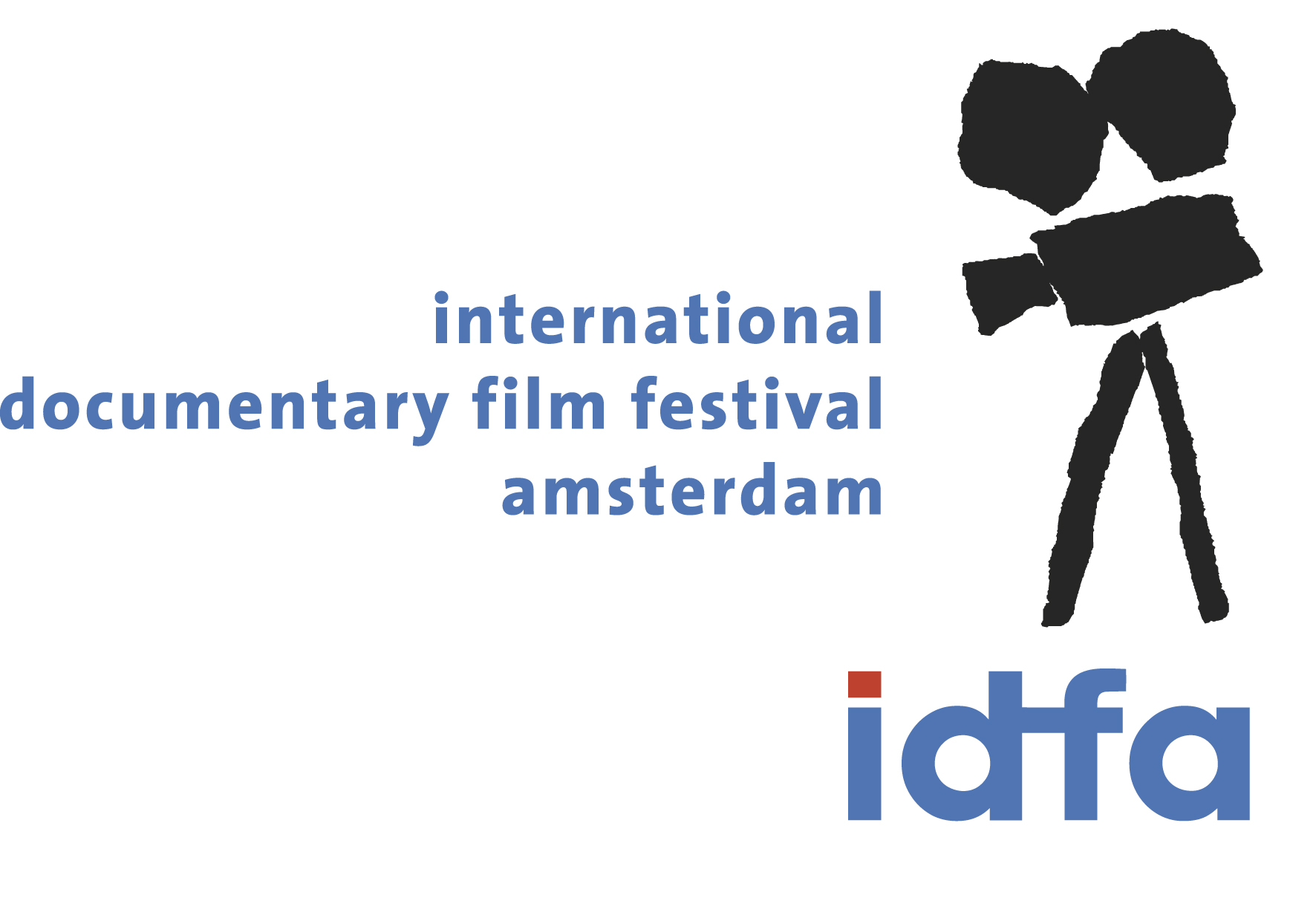
Heading to IDFA
I’m excited to be heading to the IDFA festival and market in Amsterdam today! I’ll be attending BritDocs Global Impact Producers Assembly on Saturday – then doing three presentations over the next 5 days: First on Sunday November 22nd 10am – 11:45 I will be doing a Distribution Crash Course for the newly launched Impact Academy in the Netherlands. I’ll be covering event theatrical, educational, broadcast and VOD and how to make those releases work in relationship with each other. Location Meetberlage (Oudebrugsteeg 9, 1012 JN Amsterdam). Next same day Sunday at 13:00-15:00 I will be doing a Distribution
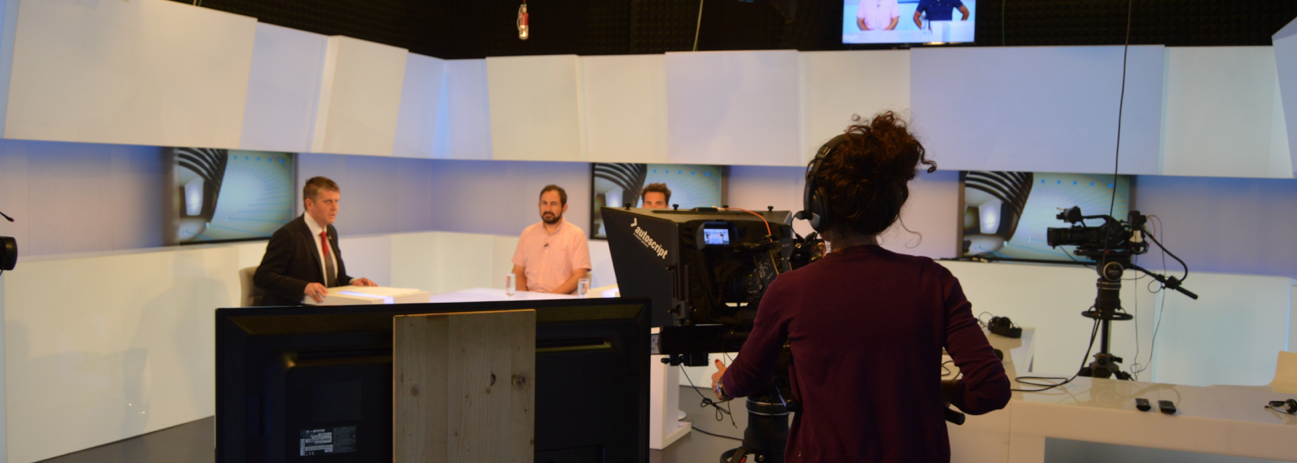
Romania Interviews
I just got the links to the TV and Radio interviews that I did while in Romania. We talked a lot about distribution and marketing within the film industry, and how that relates to all art forms – specifically in Romania. Check them out below. Digi TV Romanian State Television Radio Cultural
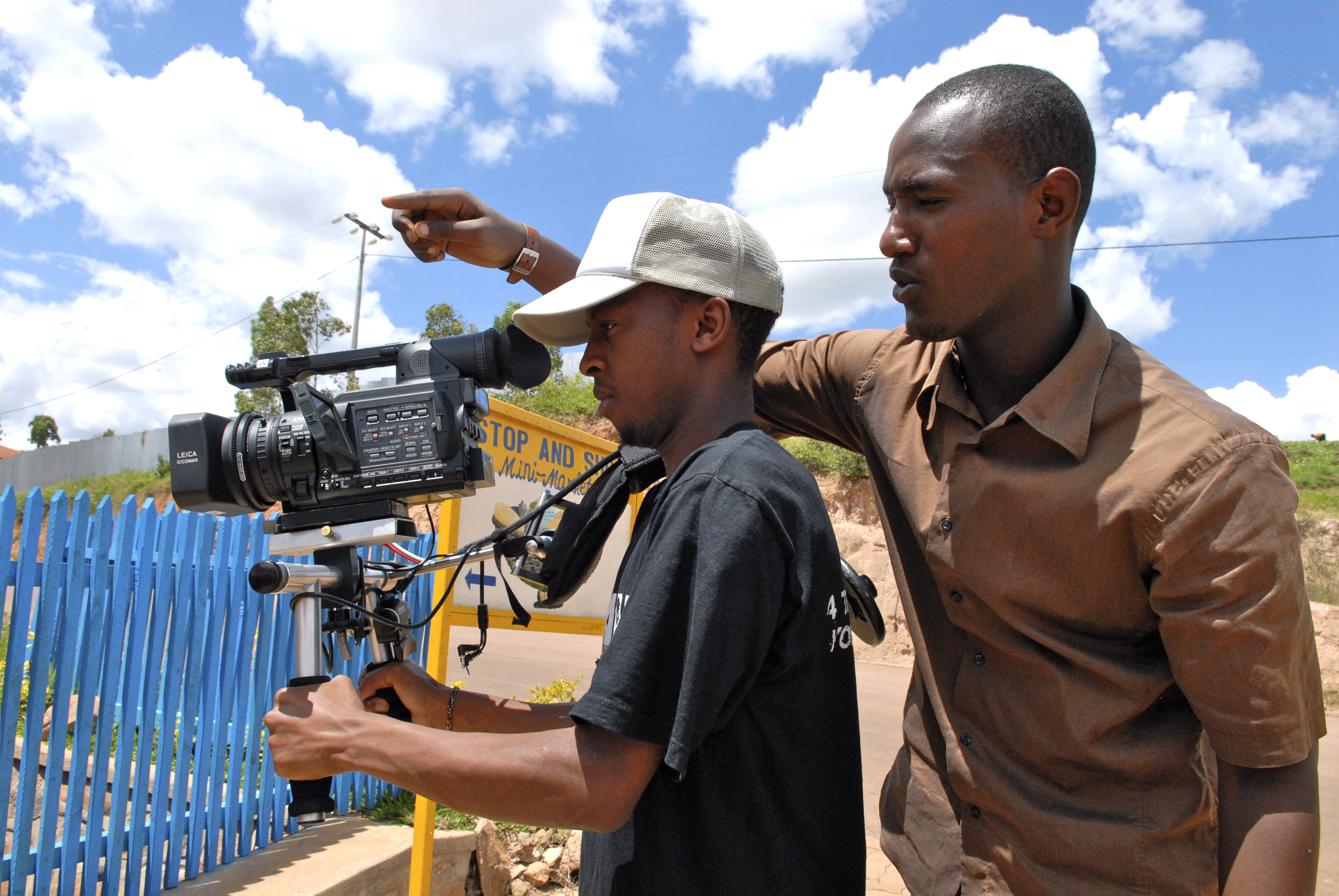
Distribution Case Study – “Finding Hillywood”
Written by Leah Warshawski (Producer/Director) / Introduction by Jon Reiss I recently wrote a two part article featuring four documentary filmmakers who pursued hybrid releases with their films and who were generous enough to share the real data from their films’ releases – Transparency: Four Filmmakers Give Up the Gold Pt1 and Pt 2. Upon reading these, filmmaker Leah Warshawski wanted to write something similar for the self release of her film, Finding Hillywood. This first post about the film chronicles the story of her release, finishing up with a list of 10 tips for filmmakers. When all of the data
22 Responses